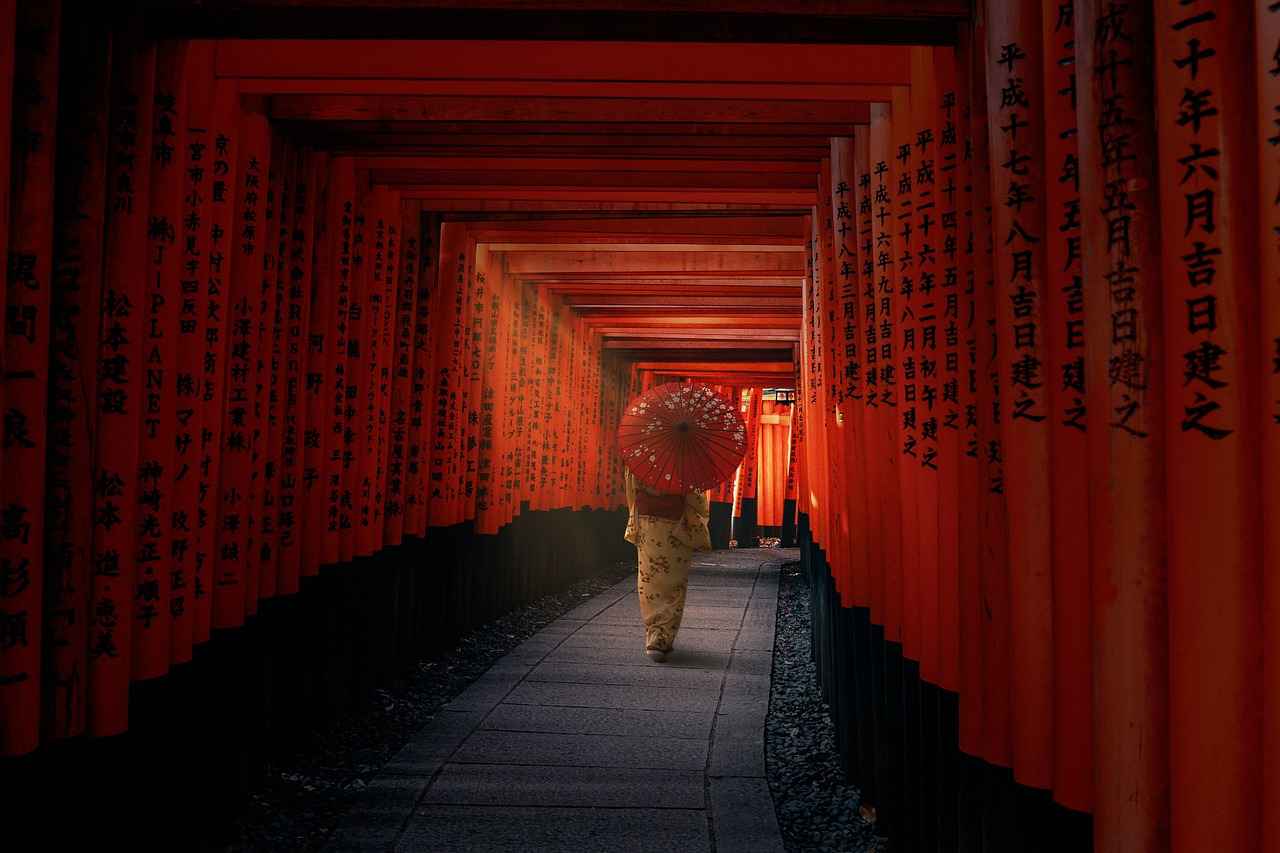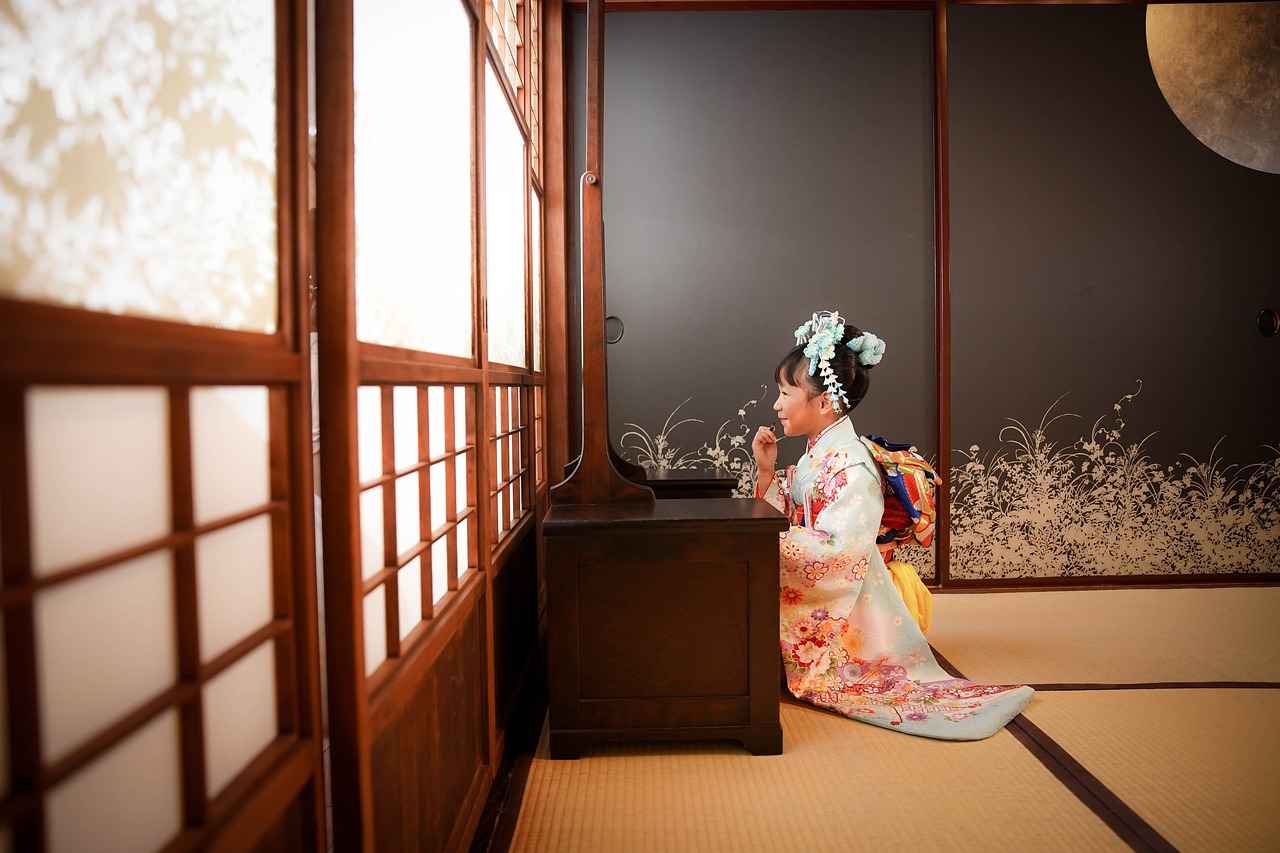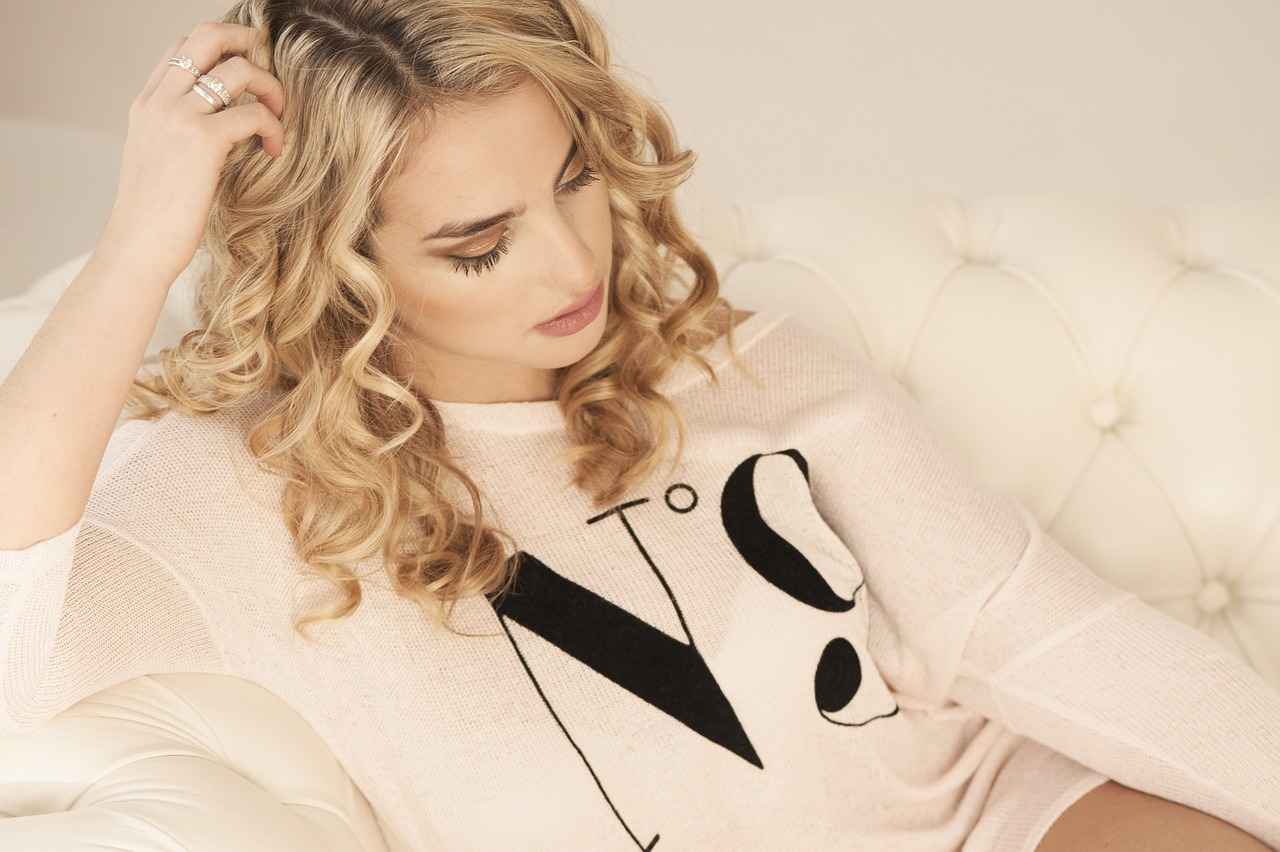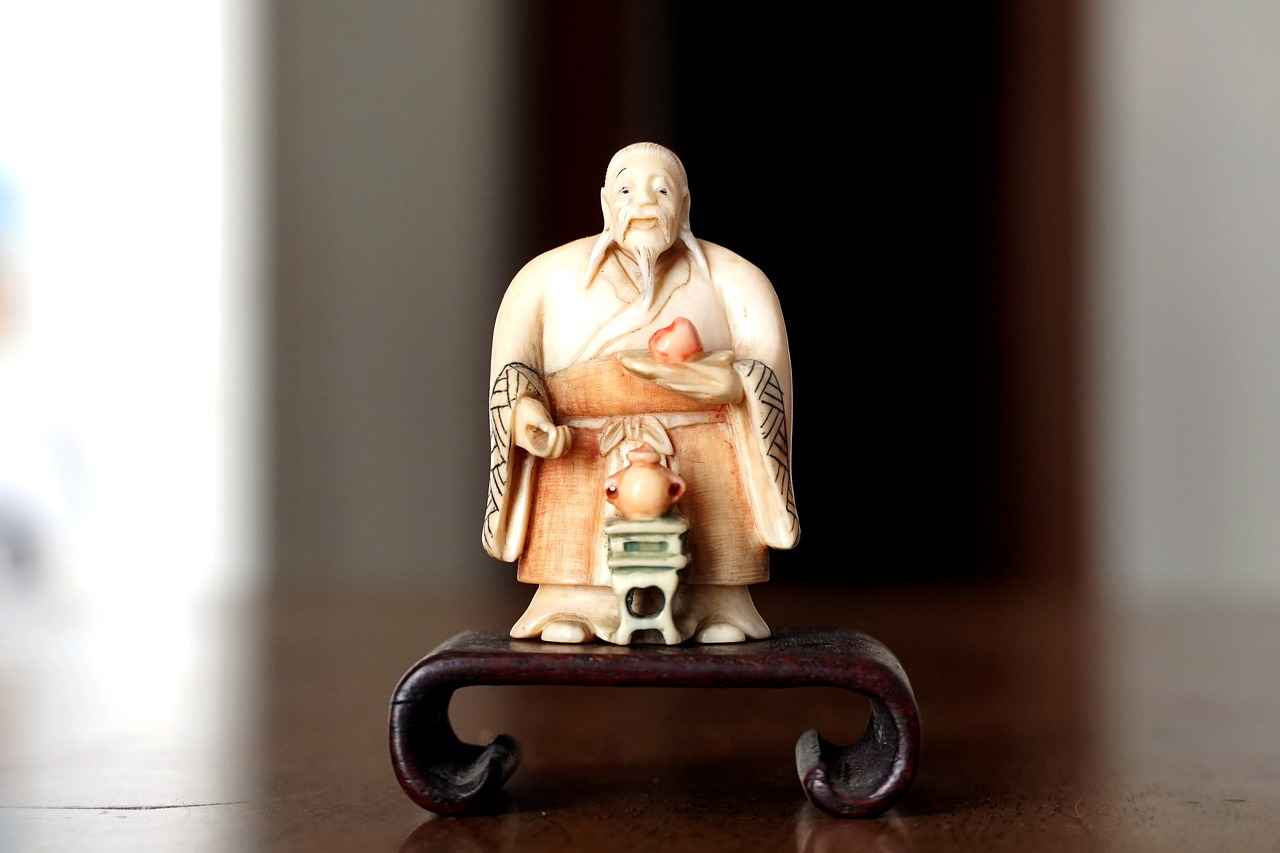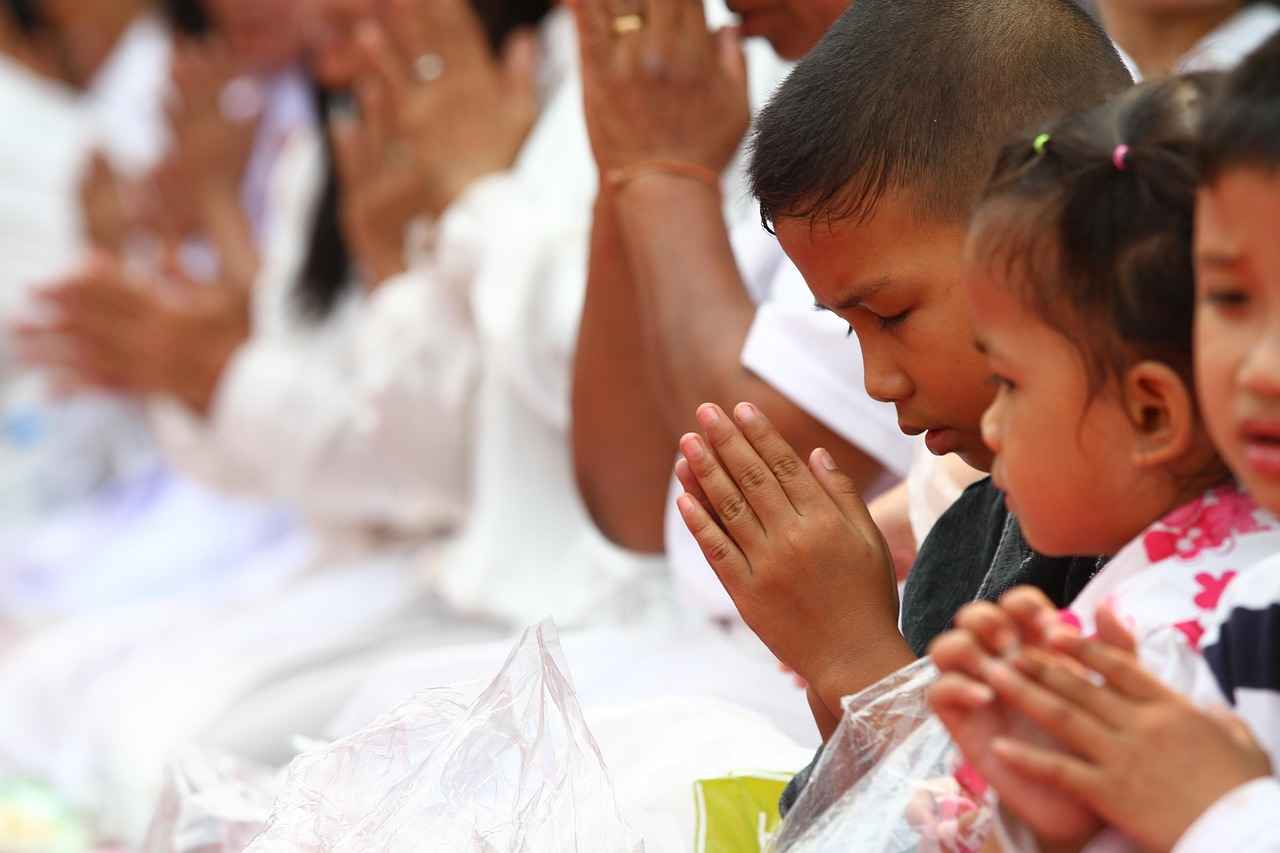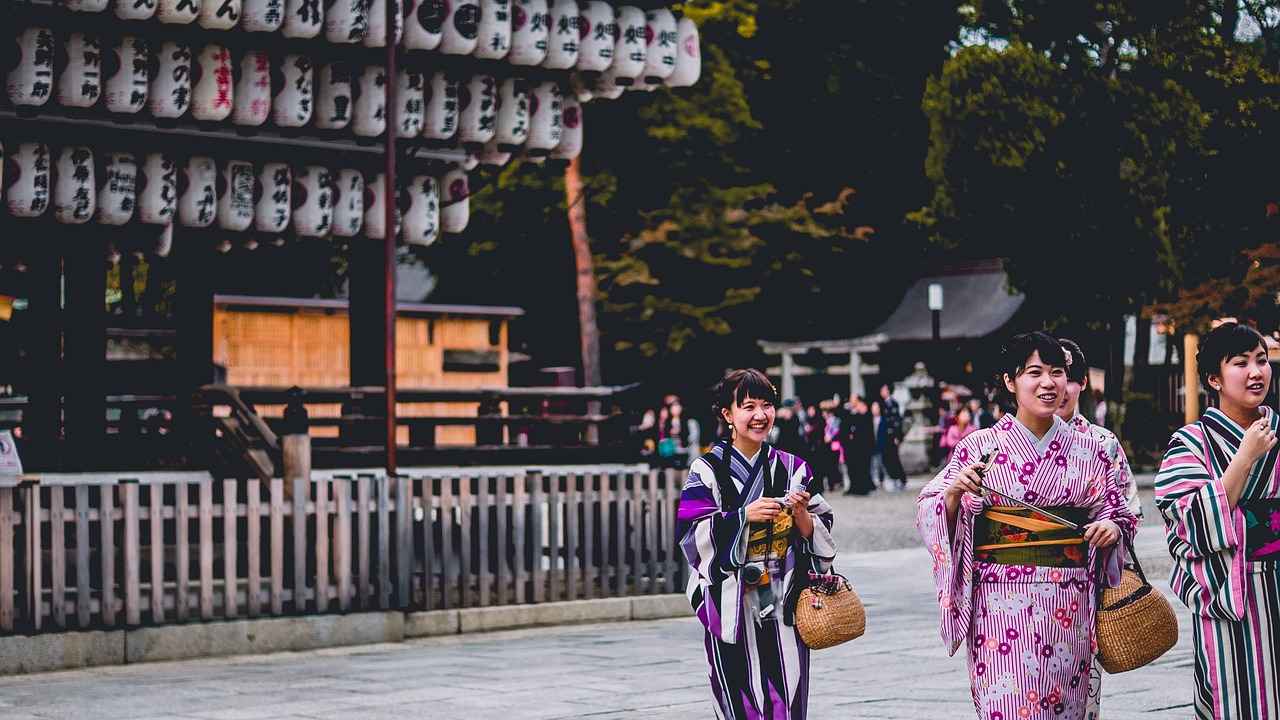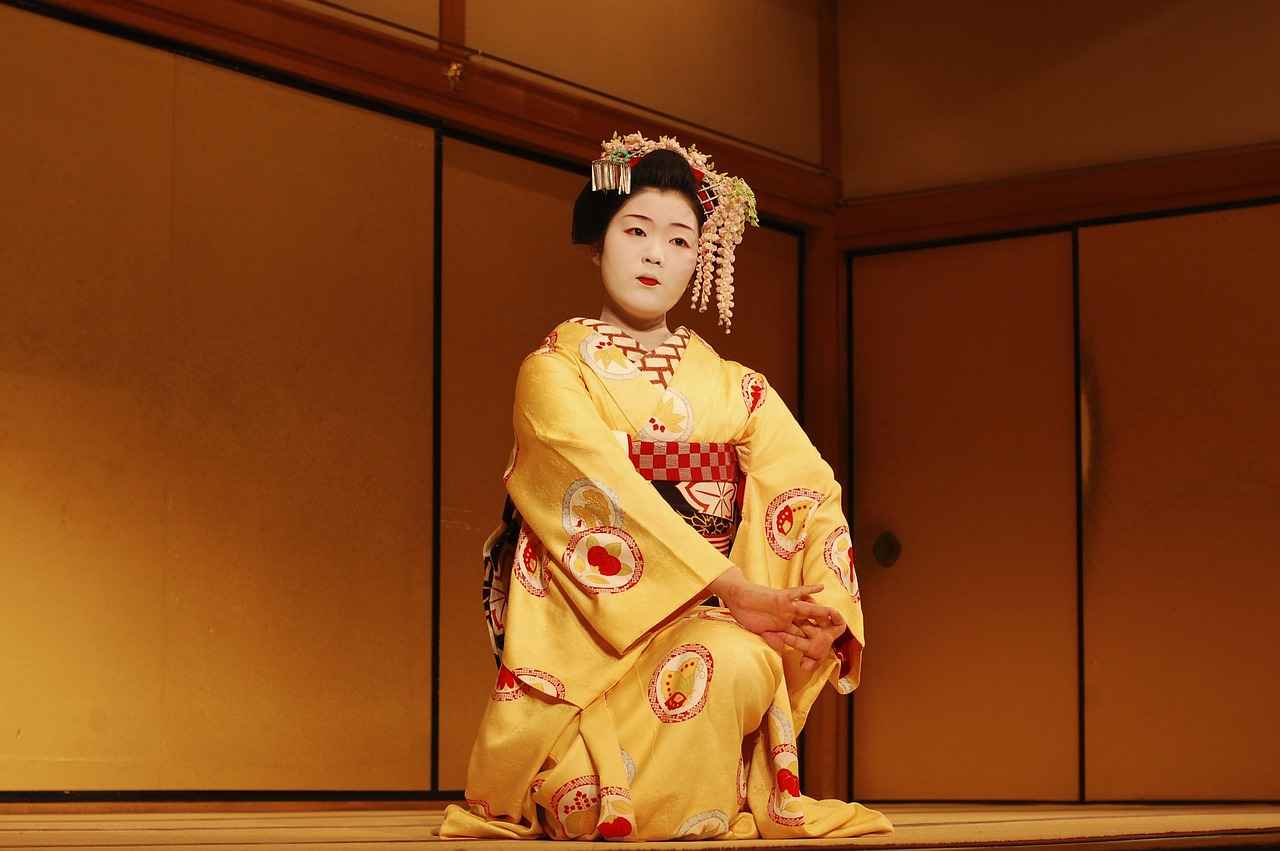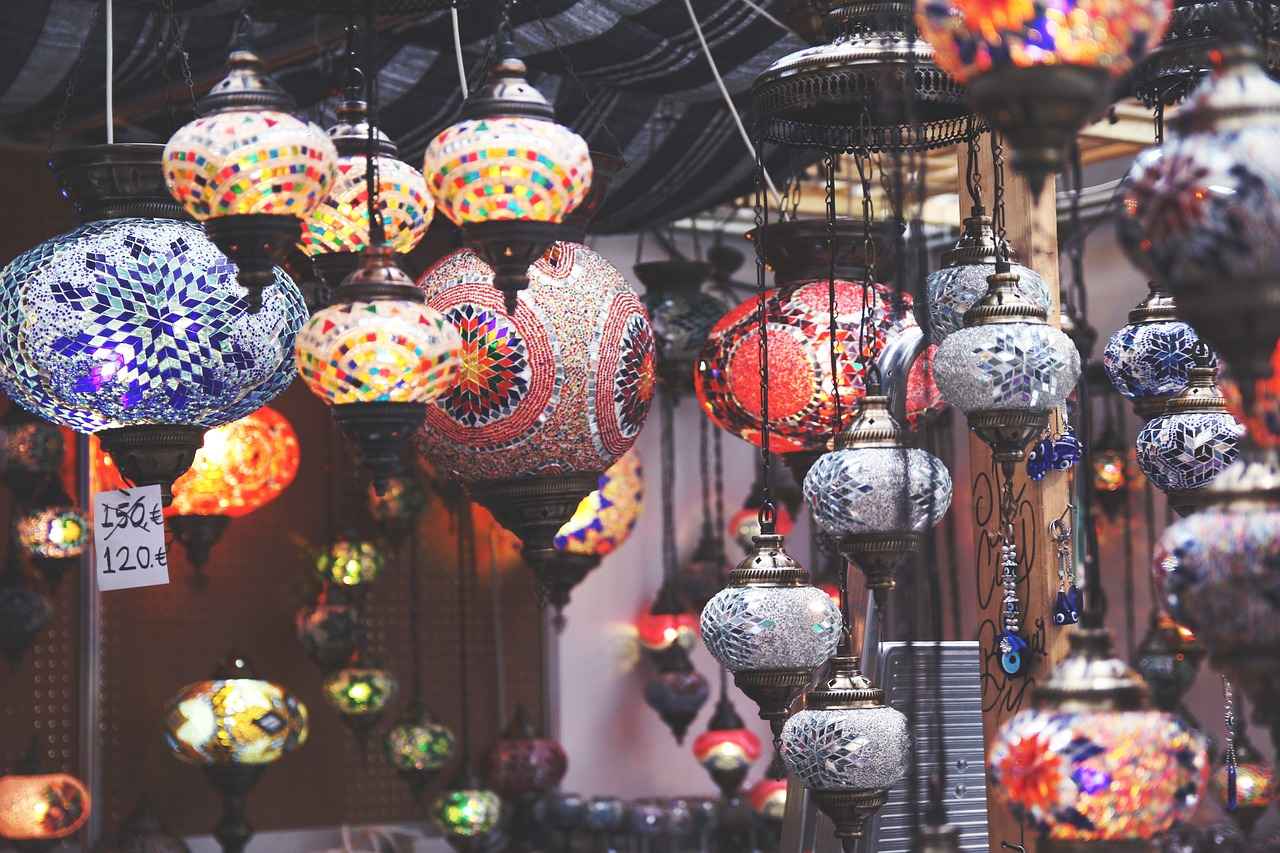Experience the rich tradition of kimono wearing in Kyoto, a city that beautifully blends history and culture. Renting a kimono offers a unique opportunity to immerse yourself in Japanese traditions while exploring the picturesque streets of this ancient city. This article will guide you through the essentials of renting a kimono, providing you with valuable tips, insights into different styles, and cultural context.
Understanding Kimono Culture
The kimono is more than just clothing; it is a symbol of Japan’s heritage. Originally worn by the aristocracy, kimonos have evolved over the centuries and are now worn on various occasions, from formal events to casual outings. Understanding the significance of kimonos will enhance your overall experience.
Choosing the Right Kimono for You
Selecting the perfect kimono can be a delightful process. Consider your personal style, body type, and the occasion for which you are dressing. Rental shops often provide a wide range of options suited for different preferences.
- Different Styles of Kimonos: From formal to casual, each style reflects different aspects of Japanese culture.
- Formal Kimonos: These are characterized by intricate designs and are typically worn at weddings and ceremonies.
- Casual Kimonos: Perfect for everyday wear, these styles offer comfort and elegance.
Accessorizing Your Kimono
Enhance your kimono look with traditional accessories. Items such as obi (belts), obijime, and appropriate footwear can complete your outfit, adding a touch of authenticity.
Where to Rent a Kimono in Kyoto
Kyoto boasts numerous kimono rental shops. Look for places that offer a variety of styles and sizes, along with excellent customer service. Reading reviews can help you choose the right shop for your needs.
Preparing for Your Kimono Experience
Before renting a kimono, consider what to wear underneath. Appropriate undergarments can ensure a comfortable fit. Additionally, learn how to care for your rented kimono to maintain its quality.
Capturing Memories: Photography Tips
Wearing a kimono in Kyoto presents a perfect opportunity for stunning photographs. Identify picturesque locations around the city that complement your outfit, and consider posing tips to showcase the elegance of your kimono.
Conclusion: Embracing the Kimono Experience
Wearing a kimono in Kyoto is not just about fashion; it is about embracing a piece of Japanese culture. This unique experience will undoubtedly enrich your visit, allowing you to create lasting memories in this beautiful city.
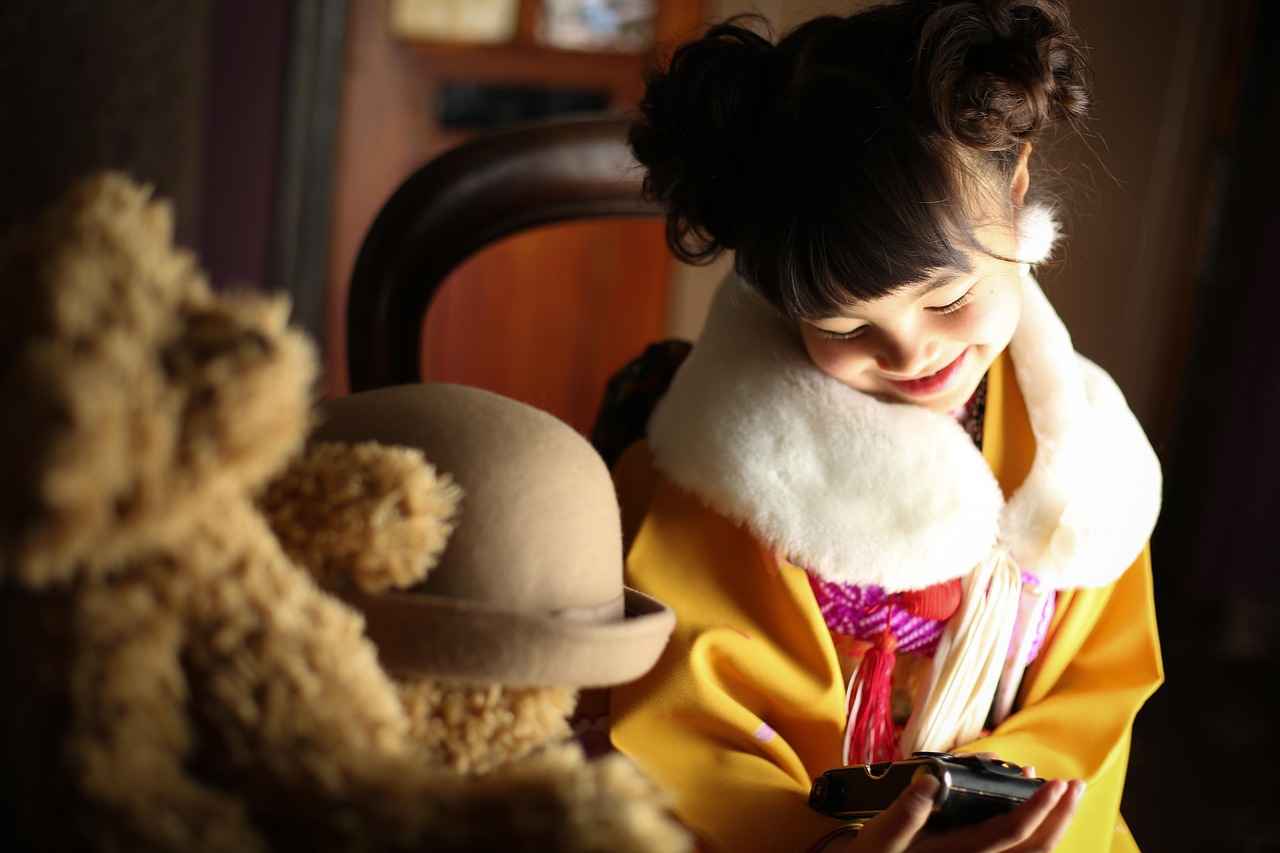
Understanding Kimono Culture
The kimono is not just a garment; it is a profound symbol of Japanese culture, reflecting centuries of tradition, artistry, and identity. Originating in the Heian period (794-1185), kimonos have evolved significantly, adapting to social changes, fashion trends, and cultural exchanges.
Initially, kimonos were worn by all classes, but over time, they became associated with specific social statuses and occasions. The design, color, and fabric of a kimono often signify the wearer’s age, marital status, and the season. For instance, young women often wear brightly colored kimonos adorned with floral patterns, while more subdued colors are common among older individuals.
Traditionally, kimonos are worn on special occasions, including:
- Weddings: The bride typically wears a white kimono, symbolizing purity, which may later be changed to more colorful kimonos during the reception.
- Tea Ceremonies: Participants often wear formal kimonos to reflect the ceremony’s elegance and tradition.
- Festivals: Many festivals feature vibrant, casual kimonos, allowing participants to express joy and cultural pride.
- Funerals: A plain black kimono is worn to signify mourning and respect for the deceased.
Over the years, the kimono has also adapted to modern life, with many people opting for casual styles for everyday wear or special outings. This evolution illustrates the garment’s enduring relevance and versatility in contemporary society.
In recent years, there has been a resurgence of interest in kimonos, particularly among younger generations, who embrace them not only for their aesthetic appeal but also as a means of connecting with their cultural heritage. This revitalization has led to innovative designs, blending traditional elements with modern styles.
In conclusion, the kimono is a rich tapestry of history, culture, and personal expression. Its significance extends beyond mere clothing; it is a celebration of Japanese identity, artistry, and tradition.
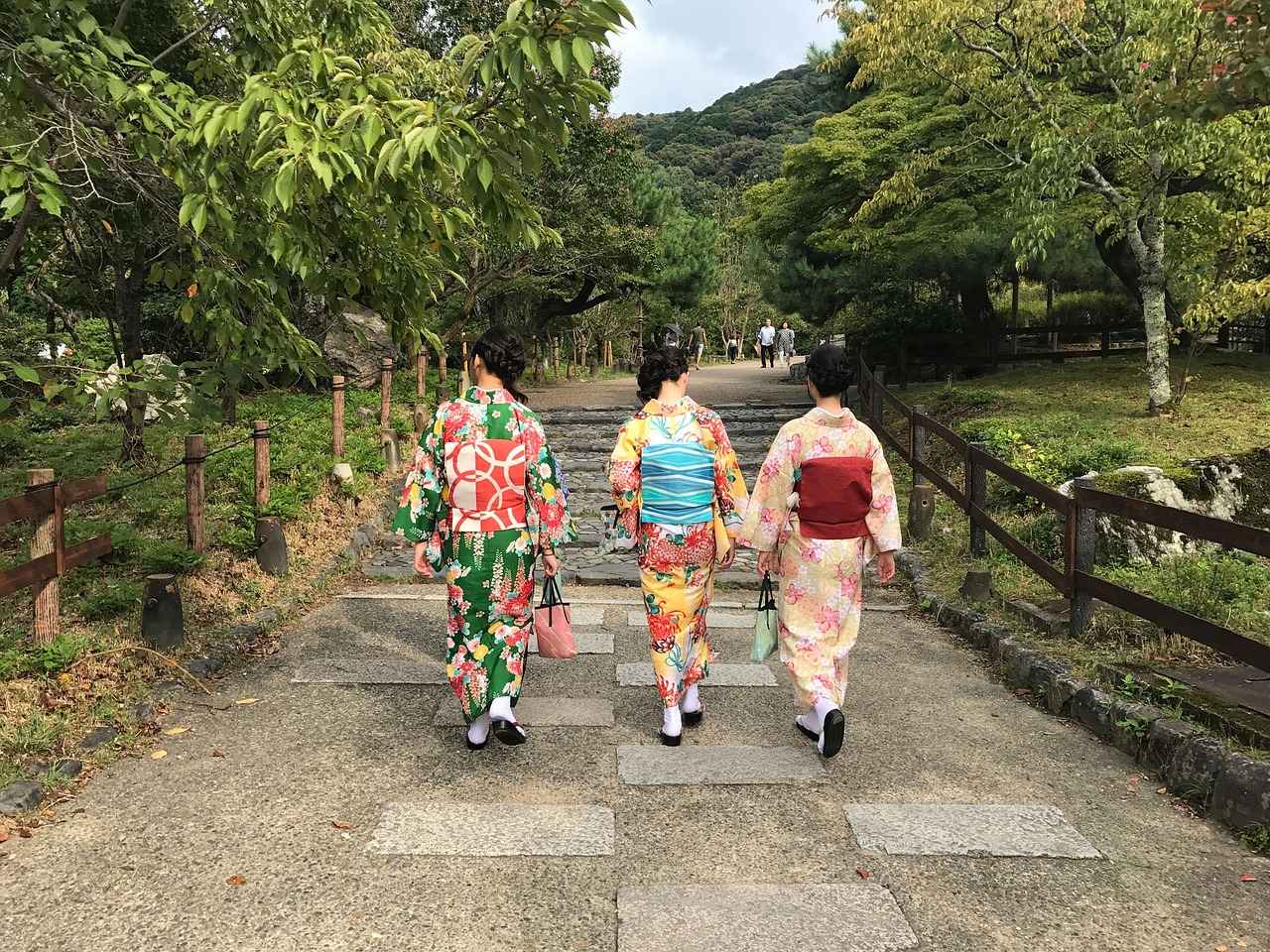
Choosing the Right Kimono for You
Choosing the right kimono can be an exciting yet daunting task, especially with the rich variety available. To ensure that you select a kimono that reflects your personal style, complements your body type, and suits the occasion, follow these essential tips:
- Know Your Body Type: Understanding your body shape is crucial. Different kimono styles flatter different figures. For example, if you have a curvier shape, opt for a kimono with a defined waist to enhance your silhouette.
- Consider the Occasion: Kimonos are worn for various events, from formal ceremonies to casual outings. Choose a formal kimono for weddings and celebrations, while a casual kimono is perfect for leisurely strolls in Kyoto.
- Select the Right Fabric: The fabric of the kimono can affect its overall look and feel. Silk kimonos are luxurious and ideal for special occasions, while cotton kimonos are comfortable for everyday wear.
- Choose the Right Color and Pattern: Colors and patterns convey different meanings in Japanese culture. Bright colors and intricate patterns are often reserved for festive events, while muted tones are suitable for more formal occasions.
- Accessorize Wisely: The right accessories can elevate your kimono experience. Consider adding an obi (belt), obijime (decorative cord), and appropriate footwear to complete your look.
By carefully considering these factors, you can choose a kimono that not only enhances your appearance but also provides a memorable experience during your time in Kyoto. Embrace the beauty and tradition of this iconic garment, and enjoy the cultural richness it brings to your journey.
Different Styles of Kimonos
play a significant role in showcasing the rich tapestry of Japanese culture. When considering a kimono rental in Kyoto, it’s essential to understand the various styles available, as each one reflects unique traditions and occasions.
There are primarily two categories of kimonos: formal and casual. Each serves different purposes and is adorned with distinct characteristics.
| Type of Kimono | Description | Occasions |
|---|---|---|
| Formal Kimonos | These kimonos are often characterized by intricate designs, vibrant colors, and luxurious fabrics. They typically feature elaborate embroidery and are worn with a wide obi (belt). | Weddings, tea ceremonies, and other formal events. |
| Casual Kimonos | Casual kimonos are made from lighter fabrics and have simpler designs. They are comfortable and easy to wear, making them ideal for everyday use. | Festivals, family gatherings, or casual outings. |
In addition to these main categories, there are also variations within each style:
- Yukata: A summer kimono made of cotton, perfect for hot weather and casual events.
- Furisode: A formal kimono with long sleeves, typically worn by young women during coming-of-age ceremonies.
- Tomesode: A formal kimono worn by married women, often featuring a more subdued color palette and shorter sleeves.
- Hifu: A traditional outer garment that can be worn over a kimono for added warmth.
Understanding these styles will help you choose the perfect kimono that not only fits your personal style but also resonates with the cultural significance of the occasion. Embrace the opportunity to immerse yourself in this beautiful aspect of Japanese heritage while in Kyoto.
Formal Kimonos
hold a significant place in Japanese culture, characterized by their intricate designs and rich symbolism. These garments are not merely clothing; they represent a deep connection to tradition and heritage. The elegance of formal kimonos is evident in their elaborate patterns, colors, and textures, often incorporating seasonal motifs and traditional craftsmanship.
Typically made from luxurious fabrics such as silk, formal kimonos are adorned with beautiful embroidery and detailed prints, making them a stunning choice for special occasions. The most common types of formal kimonos include the furisode, worn by young women, and the tachi-waki, typically worn by men. These garments are designed to convey respect and honor, making them appropriate for events such as weddings, tea ceremonies, and formal receptions.
When choosing a formal kimono, it is important to consider the occasion and the level of formality required. For weddings, a furisode with vibrant colors and intricate patterns is often chosen by brides and guests alike. In contrast, a more subdued and elegant tachi-waki may be appropriate for a formal business meeting or a ceremonial event.
Understanding the cultural significance of these garments enhances the experience of wearing a kimono. It is essential to appreciate the etiquette surrounding formal kimonos, including how to properly wear and care for them. Many rental services in Kyoto provide guidance on these aspects, ensuring that you not only look stunning but also embody the spirit of this traditional attire.
In conclusion, wearing a formal kimono is a beautiful way to connect with Japanese culture, especially during significant life events. The intricate designs and appropriate occasions for wearing formal kimonos reflect the deep-rooted traditions that continue to thrive in modern Japan.
Casual Kimonos
are an excellent choice for those looking to embrace the elegance of traditional Japanese attire while prioritizing comfort and versatility. Unlike their formal counterparts, casual kimonos are designed for everyday wear, making them perfect for relaxed outings, casual gatherings, or even a stroll through the scenic streets of Kyoto.
These kimonos are typically made from lighter fabrics, allowing for greater ease of movement. They come in a variety of styles, patterns, and colors, catering to different personal tastes. Whether you prefer a vibrant floral print or a more subdued, minimalist design, there’s a casual kimono to suit your style.
- Comfortable Fit: Casual kimonos often feature looser silhouettes, providing a comfortable fit that allows for freedom of movement.
- Easy to Wear: Many casual kimonos are designed to be put on quickly and easily, making them ideal for those who are new to kimono wearing.
- Versatile Styling: These kimonos can be paired with a variety of accessories, such as obi belts or modern footwear, allowing you to create a unique look that reflects your personality.
For less formal occasions, casual kimonos can be dressed up or down, making them a versatile addition to your wardrobe. They are perfect for outings such as picnics, family gatherings, or even casual dining experiences. The relaxed nature of these kimonos allows you to enjoy the beauty of traditional Japanese fashion without feeling overly formal.
In summary, casual kimonos offer a blend of comfort and style, making them an excellent choice for everyday wear. Embrace the cultural richness of Japan while enjoying the ease and flexibility these garments provide.
Accessorizing Your Kimono
Enhancing your kimono look is an art that goes beyond just choosing the right garment. Traditional accessories play a pivotal role in completing your outfit, allowing you to express your personal style while respecting the rich cultural heritage of Japan. Here’s a closer look at some essential accessories that can elevate your kimono experience.
- Obi (Belt): The obi is a wide belt that wraps around the waist, providing structure and elegance to your kimono. Available in various styles and fabrics, the obi can dramatically change the overall look. For formal occasions, opt for a tsuke obi, which is pre-tied for convenience, while a haneri obi offers a more traditional touch.
- Obijime: This decorative cord is tied around the obi for added flair. It can be found in a variety of colors and patterns, allowing you to coordinate with your kimono. A well-chosen obijime can add a pop of color and enhance the visual interest of your outfit.
- Footwear: Traditional footwear such as geta (wooden sandals) or zori (flat sandals) are essential for completing your kimono look. Geta are typically worn with more casual kimonos, while zori are suited for formal settings. Ensure your footwear matches the overall style of your kimono for a cohesive appearance.
- Haneri: This is a decorative collar that can be added to the kimono for an additional layer of style. Haneri come in various colors and patterns, allowing for customization and personalization of your outfit.
- Obiage and Obijime: These are additional layers of fabric that can be tucked into the obi for added elegance. They come in various colors and textures, providing an opportunity to mix and match with your kimono.
By thoughtfully selecting these accessories, you can create a stunning and authentic kimono ensemble that reflects your personality while honoring the traditions of Japanese culture. Embrace the opportunity to express yourself through these beautiful additions to your outfit.
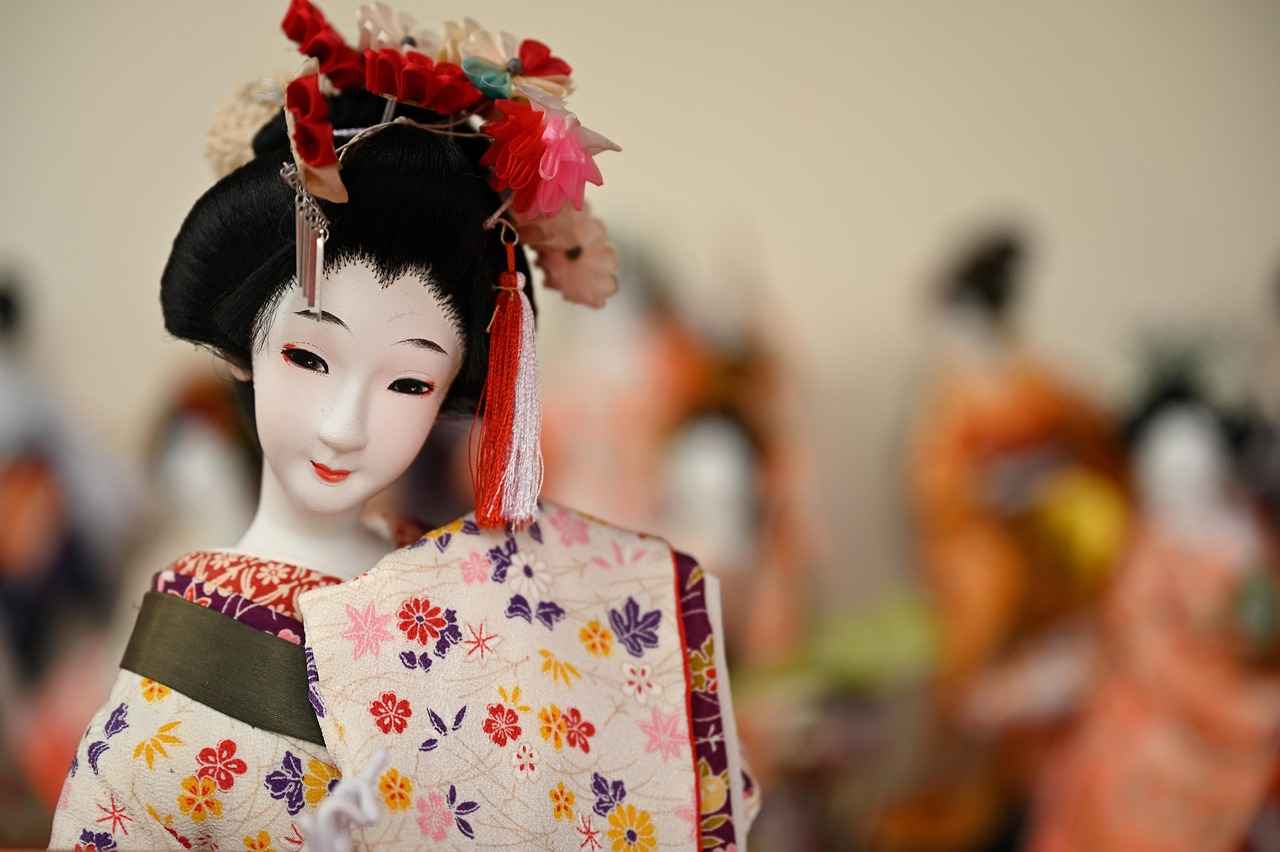
Where to Rent a Kimono in Kyoto
Renting a kimono in Kyoto is a delightful way to immerse yourself in the city’s rich cultural heritage. With numerous rental shops available, it can be overwhelming to choose the right one. This guide provides insights into some of the best kimono rental shops, their services, pricing, and customer reviews to help you make an informed decision.
| Rental Shop | Services Offered | Pricing | Customer Reviews |
|---|---|---|---|
| Kiyomizu Kimono Rental | Wide selection of kimonos, professional dressing service, photography options | Starting from ¥3,000 for a half-day rental | Highly rated for friendly staff and quality kimonos |
| Okamoto Kimono Rental | Custom fitting, traditional accessories, and guided walking tours | Prices range from ¥4,500 to ¥8,000 depending on the package | Renowned for exceptional customer service and beautiful locations |
| Yume Kyoto | Variety of styles, hair styling services, and photo shoots | Rental fees start at ¥5,000 for a full day | Popular for its extensive collection and professional photography |
When selecting a rental shop, consider the services they provide, such as accessories and photography, which can enhance your overall experience. Additionally, reading customer reviews can give you insight into the quality of service and the condition of the kimonos.
Many shops also offer online booking options, allowing you to secure your rental in advance. This is particularly beneficial during peak tourist seasons when demand is high. Be sure to check for any special promotions or packages that may include hair styling or professional photography services.
In conclusion, choosing the right kimono rental shop in Kyoto can significantly enhance your experience of wearing this beautiful traditional garment. By considering the services, pricing, and reviews, you can find the perfect place to create lasting memories in this enchanting city.
Popular Rental Shops
When visiting Kyoto, immersing yourself in the local culture is essential, and what better way to do this than by renting a kimono? Kyoto is home to numerous rental shops that offer a wide variety of kimonos, accessories, and exceptional customer service. Below, we explore some of the most popular rental shops in Kyoto, renowned for their extensive collections and personalized experiences.
- Yume Kyoto
Located near the historic Gion district, Yume Kyoto is celebrated for its vast selection of traditional and modern kimonos. The shop provides a personalized fitting service to ensure you find the perfect outfit. Prices start from ¥4,000 for a half-day rental, and they offer a variety of packages that include hair styling and accessories.
- Okamoto
Okamoto is known for its premium quality kimonos and exceptional service. With a focus on authentic designs, this shop offers a range of options suitable for various occasions. Their rental packages often include detailed instructions on how to wear a kimono, making it an excellent choice for first-timers. Rentals start at ¥6,000.
- Kimono Rental Wargo
With multiple locations throughout Kyoto, Kimono Rental Wargo is popular among tourists. They boast an extensive collection of kimonos, including seasonal designs. Their friendly staff provides assistance in selecting the right kimono, and they offer photography services to capture your experience. Prices begin at ¥3,500 for a basic rental.
- Hanaikada
Hanaikada is a smaller, boutique rental shop that emphasizes personalized service. Each kimono is carefully curated, and the staff takes the time to ensure you feel comfortable and confident. They also provide unique accessories to complement your look. Rentals start at ¥5,000, and they offer discounts for longer rental periods.
Each of these rental shops provides not only a kimono but also an experience that connects you with the rich culture of Kyoto. Whether you’re looking for a formal outfit for a special occasion or a casual look for a day of exploration, these shops cater to all your needs. Make sure to book in advance, especially during peak tourist seasons, to secure your ideal kimono experience.
Booking Your Kimono Experience
Renting a kimono in Kyoto is an exciting way to immerse yourself in Japanese culture. To ensure a smooth and enjoyable experience, it’s essential to understand the booking process and what to expect on the day of your rental.
- Research Rental Shops: Begin by researching various kimono rental shops in Kyoto. Look for reviews and ratings to find reputable places that offer a wide selection of kimonos.
- Make a Reservation: It’s advisable to book your rental in advance, especially during peak tourist seasons. Most shops allow online reservations, making it convenient to secure your preferred kimono.
- Specify Your Preferences: When making a reservation, indicate your preferences regarding style, size, and occasion. This will help the rental shop prepare a selection tailored to your needs.
- Understand Pricing: Familiarize yourself with the rental prices. Costs may vary based on the kimono’s style, rental duration, and additional services like hair styling or accessories.
On the day of your rental, arrive at the shop a little early to allow time for fitting and dressing. The staff will assist you in selecting the right kimono and help you get dressed properly. Here’s what to expect:
- Fitting Process: You will try on the kimono to ensure it fits well. The staff will guide you on how to wear it properly, including how to tie the obi (belt).
- Accessorizing: Don’t forget to choose accessories like obiage (obi sash) and footwear. These will complete your traditional look.
- Photography: Many rental shops offer photography services or can recommend picturesque locations around Kyoto for capturing beautiful memories in your kimono.
By following these tips, you can have a memorable kimono rental experience that allows you to fully appreciate the beauty and tradition of Japanese culture.
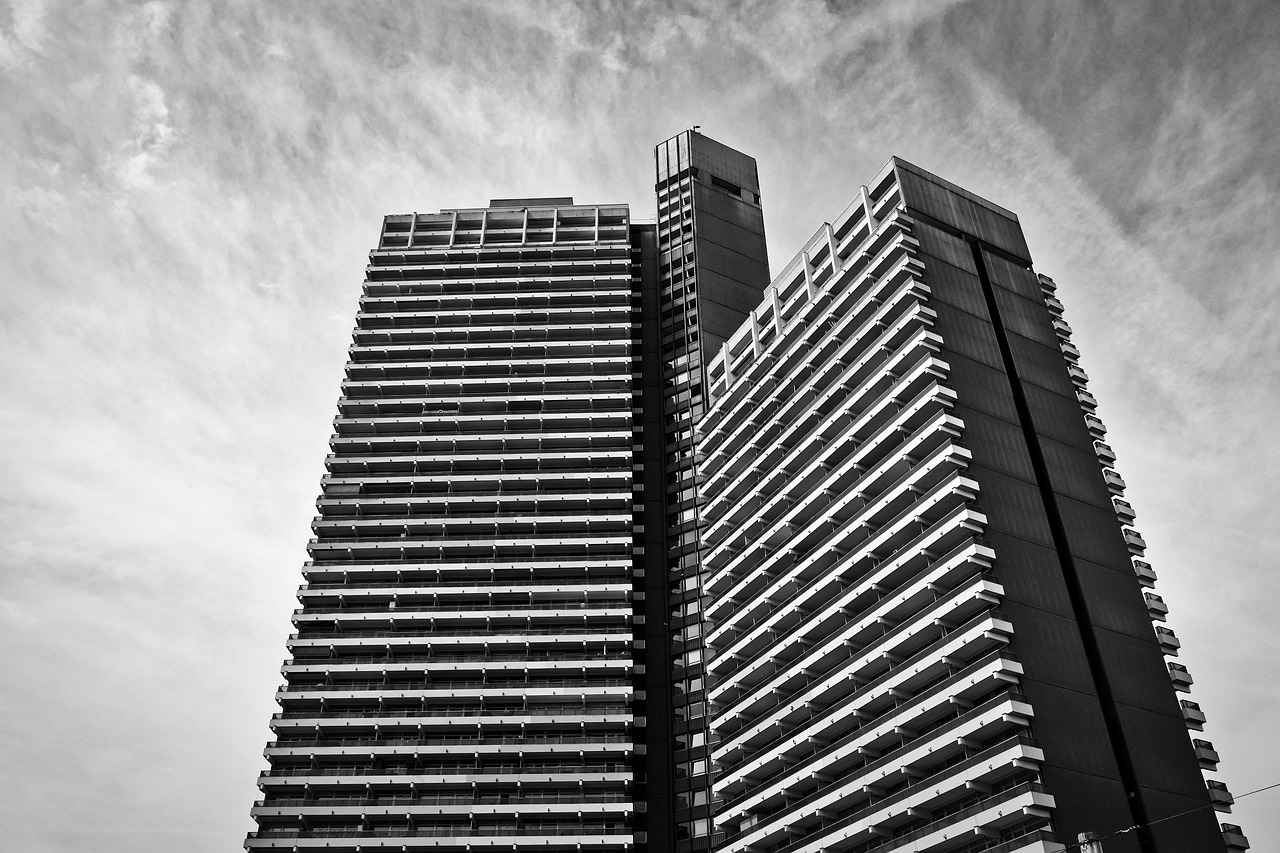
Preparing for Your Kimono Experience
When planning your kimono experience in Kyoto, there are several essentials to consider to ensure a memorable and comfortable outing. This guide will help you navigate the preparations, including what to wear underneath your kimono and how to care for it during your rental period.
What to Wear Underneath
- Undergarments: Opt for seamless and fitted undergarments to avoid any visible lines. A simple tank top and leggings are ideal as they provide comfort and flexibility.
- Kimono Undergarments: Many rental shops offer traditional undergarments called juban, which are designed to be worn under the kimono. They help maintain the shape and integrity of the kimono while ensuring modesty.
- Footwear: Consider wearing tabi socks, which are specially designed for traditional Japanese footwear. They provide comfort and enhance the overall look of your kimono.
Kimono Care Tips
- Handling: Always handle the kimono with clean hands. Avoid touching the fabric unnecessarily to prevent stains.
- Storage: When not wearing the kimono, hang it on a padded hanger to maintain its shape. Keep it away from direct sunlight to prevent fading.
- Cleaning: If you spill something on the kimono, gently blot the area with a clean, damp cloth. Avoid rubbing as this may damage the fabric.
- Return Policy: Familiarize yourself with the rental shop’s return policy regarding any damages or stains to avoid unexpected charges.
By paying attention to these essential tips, you can fully enjoy your kimono experience in Kyoto, immersing yourself in the rich culture while feeling comfortable and stylish.
What to Wear Underneath
When preparing to wear a kimono, it is essential to consider what you will wear underneath. The right undergarments not only enhance your comfort but also ensure that the kimono fits properly, allowing you to enjoy your experience to the fullest. Here are some key points to keep in mind:
- Comfort is Key: Choose undergarments that are comfortable and do not create any visible lines. Seamless or lightweight options are often best.
- Layering Wisely: Many people opt for a juban, a traditional undergarment worn beneath the kimono. This adds an extra layer of comfort and helps to protect the kimono from body oils and sweat.
- Color Considerations: The color of your undergarments can be important as well. Light colors are generally preferred to avoid any potential show-through beneath the fabric of the kimono.
- Supportive Undergarments: If you require support, consider wearing a well-fitted bra that complements the kimono style. Avoid bulky or heavily padded bras to maintain the smooth silhouette.
- Flexibility and Ease of Movement: Ensure that your undergarments allow for easy movement. Kimonos are often tied tightly, so tight or restrictive undergarments can hinder your comfort.
In conclusion, wearing appropriate undergarments is crucial when donning a kimono. They not only enhance your comfort level but also contribute to the overall aesthetic and fit of the kimono. By choosing wisely, you can ensure a more enjoyable and authentic experience while embracing this beautiful aspect of Japanese culture.
Kimono Care Tips
When you embark on your kimono rental experience in Kyoto, it’s essential to understand how to properly care for your rented kimono. This not only ensures that you maintain its beauty but also respects the cultural significance of this traditional garment. Here are some practical tips to help you handle and care for your kimono effectively:
- Handle with Care: Always handle your kimono with clean hands. Avoid touching the fabric with dirty or oily hands to prevent staining.
- Keep it Dry: If your kimono gets wet, gently blot the area with a clean, dry cloth instead of rubbing. Hang it to dry in a well-ventilated area away from direct sunlight to prevent fading.
- Avoid Strong Fragrances: Strong perfumes or deodorants can leave lingering scents on the fabric. It’s best to apply these products before putting on the kimono.
- Store Properly: When not wearing your kimono, store it in a cool, dry place. Use a breathable garment bag to protect it from dust and moisture.
- Iron with Caution: If your kimono becomes wrinkled, use a low-temperature iron or a steamer to smooth it out. Always place a thin cloth between the iron and the fabric to avoid damage.
- Follow Rental Shop Guidelines: Each rental shop may have specific care instructions. Be sure to ask for any particular recommendations regarding your rented kimono.
By following these tips, you can ensure that your rented kimono remains in excellent condition, allowing you to fully immerse yourself in the beautiful tradition of kimono wearing during your time in Kyoto.
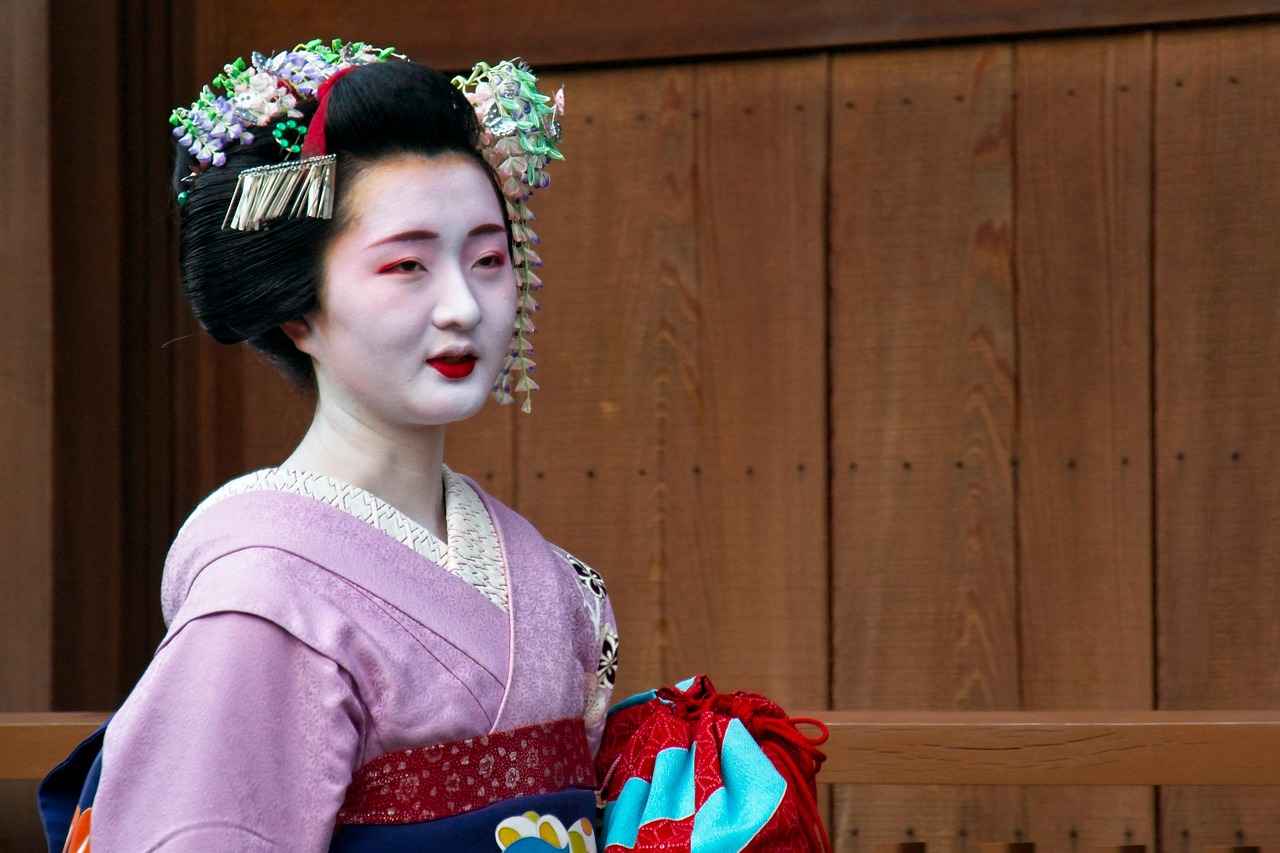
Capturing Memories: Photography Tips
When you immerse yourself in the beautiful tradition of wearing a kimono in Kyoto, capturing stunning photographs becomes an essential part of your experience. Here are some invaluable tips to help you make the most of your kimono photography session.
- Best Locations for Photos
- Kiyomizu-dera Temple: This iconic temple offers breathtaking views of Kyoto, especially during cherry blossom season.
- Arashiyama Bamboo Grove: The towering bamboo stalks create a magical backdrop for your kimono photos.
- Gion District: Known for its traditional wooden machiya houses, Gion is perfect for capturing the essence of old Kyoto.
- Philosopher’s Path: A scenic walkway lined with cherry trees, ideal for capturing tranquil moments.
- Posing in a Kimono
- Emphasize Elegance: Stand tall and maintain good posture; this will enhance the flow of the kimono.
- Use Your Hands: Play with the fabric by gently holding the sleeves or obi to create dynamic shapes.
- Natural Expressions: Smile softly or look contemplative to convey the grace of the kimono.
- Group Shots: If you’re with friends, consider poses that show camaraderie, such as linking arms or standing close together.
To truly capture the essence of your kimono experience, consider the time of day for your photos. The golden hour, shortly after sunrise or before sunset, provides the most flattering natural light. Don’t forget to experiment with angles; shooting from slightly above can create a more flattering perspective.
Lastly, remember to have fun and enjoy the moment. The best photographs often come from spontaneous laughter and genuine smiles, so let your personality shine through your kimono experience!
Best Locations for Photos
When visiting Kyoto, one of the most enchanting experiences is wearing a kimono while exploring the city’s breathtaking landscapes. To truly enhance your kimono experience, it’s essential to know the best locations for capturing stunning photographs. Here are some of the most picturesque spots in Kyoto that will provide a perfect backdrop for your kimono-clad adventure:
- Arashiyama Bamboo Grove: This iconic location is famous for its towering bamboo stalks that create a serene and ethereal atmosphere. The soft, diffused light filtering through the bamboo makes for magical photographs.
- Kinkaku-ji (Golden Pavilion): The shimmering gold leaf of this stunning temple reflects beautifully in the surrounding pond, offering a striking contrast against your colorful kimono. It’s a must-visit for any photography enthusiast.
- Fushimi Inari Taisha: Known for its thousands of vibrant red torii gates, this shrine provides a unique and dynamic setting for photos. The winding paths create endless opportunities for captivating shots.
- Gion District: As Kyoto’s famous geisha district, Gion is filled with traditional wooden machiya houses and narrow streets. The charm of this area, especially during the evening, adds a romantic touch to your kimono photos.
- Philosopher’s Path: This picturesque canal-side walkway is lined with cherry blossom trees, making it a dreamy location, especially in spring. The tranquil setting is perfect for capturing the essence of Kyoto.
To make the most of your photography session, consider the time of day you visit these locations. Early morning or late afternoon light can enhance the beauty of your kimono and the surroundings. Additionally, don’t forget to experiment with different poses that highlight the elegance of your outfit. Whether you choose to twirl, walk gracefully, or simply stand still, capturing the essence of your kimono experience is key to creating lasting memories.
In conclusion, wearing a kimono in Kyoto is not just about the attire; it’s about immersing yourself in the rich culture and stunning landscapes. By visiting these picturesque spots, you will undoubtedly enhance your overall experience and create beautiful photographic memories that you will cherish forever.
Posing in a Kimono
When it comes to capturing the essence of wearing a kimono, posing gracefully is essential. The right pose not only highlights the intricate designs of the kimono but also reflects your elegance and poise. Here are some tips to help you pose beautifully in a kimono for your photographs.
- Stand Tall: Good posture is key. Keep your shoulders back and your chin up to exude confidence and grace.
- Soft Hands: Avoid stiff or awkward hand positions. Instead, let your arms hang naturally or gently place your hands on your waist or in front of you.
- Use Angles: Turn your body slightly to the side rather than facing the camera straight on. This creates a more flattering silhouette and showcases the kimono’s design.
- Mind Your Feet: Position your feet shoulder-width apart for stability. You can also cross one foot slightly in front of the other for a more dynamic look.
- Facial Expressions: A soft smile or a serene expression can enhance the overall aesthetic. Think of something pleasant to bring out a genuine smile.
In addition to these tips, consider the following poses:
1. The Classic Pose: Stand with one foot slightly forward, hands gently resting on your obi.2. The Sitting Pose: Sit with your legs elegantly crossed, keeping your back straight and hands on your lap.3. The Walking Pose: Take a few steps while looking over your shoulder for a candid, graceful shot.
Finally, remember to embrace the moment. The joy of wearing a kimono is in the experience itself, so let your personality shine through in your poses. With these tips, you’ll be ready to capture stunning photographs that reflect both the beauty of the kimono and your elegance.
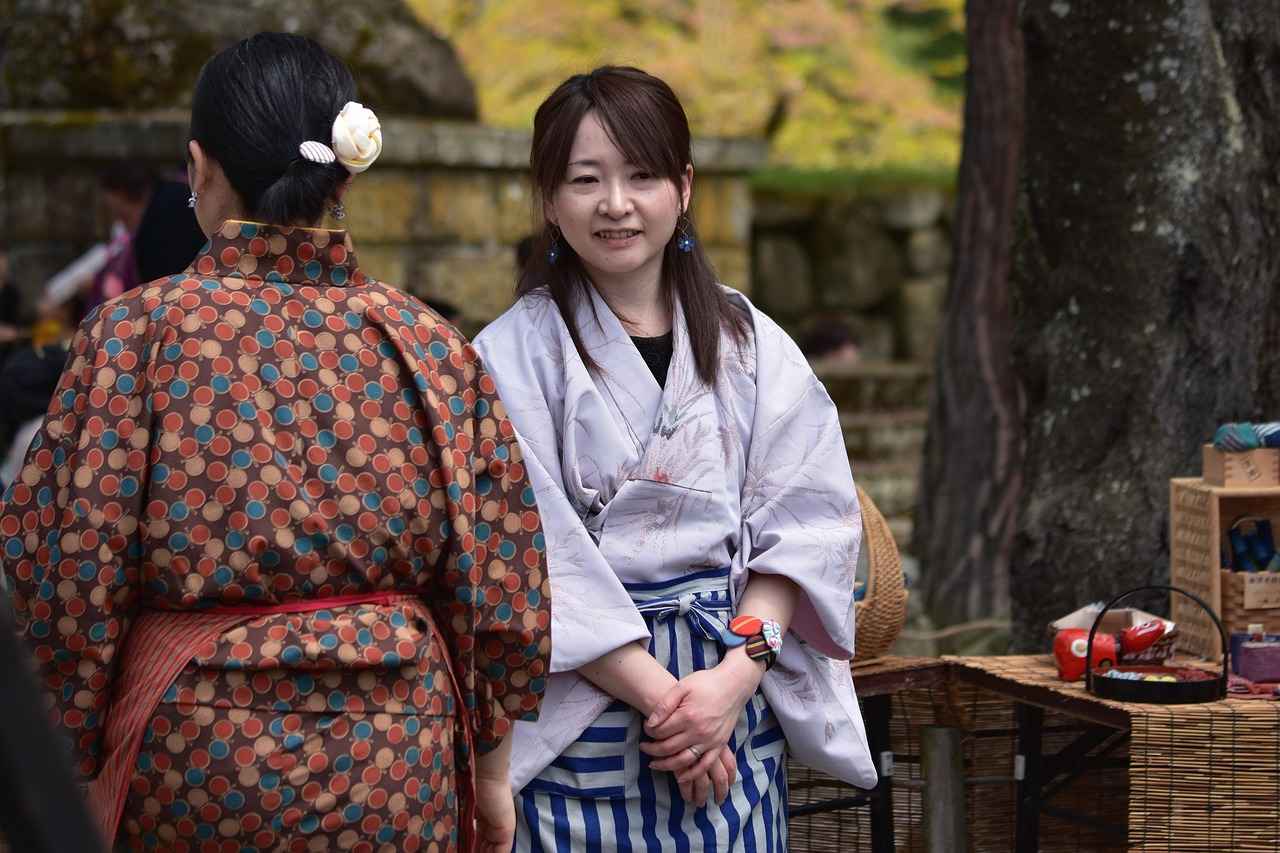
Conclusion: Embracing the Kimono Experience
Wearing a kimono in Kyoto is not just an act of dressing; it is a profound journey into the heart of Japanese culture. The experience of donning this traditional attire allows visitors to connect with the rich heritage of Japan while exploring the stunning landscapes of Kyoto. As you stroll through the ancient streets, the vibrant colors and intricate patterns of your kimono will enhance your surroundings, creating a beautiful harmony between tradition and nature.
The cultural significance of the kimono is deeply rooted in Japanese history, representing not only fashion but also a way of life. Each kimono tells a story, reflecting the wearer’s personality, social status, and the occasion. From the delicate silk of a formal kimono worn at weddings to the more casual cotton varieties suitable for summer festivals, the choices are as diverse as the experiences awaiting you in Kyoto.
As you prepare for this unique experience, consider the importance of accessorizing your kimono appropriately. Traditional accessories such as obi (belts), obijime, and unique footwear can elevate your look and add to the authenticity of your experience. Additionally, take the time to learn about the proper etiquette associated with wearing a kimono, such as how to walk gracefully and respect the cultural nuances of this beautiful garment.
Finally, capturing the essence of your kimono experience through photography is essential. Kyoto offers countless picturesque locations, from the iconic Fushimi Inari Shrine to the serene Arashiyama Bamboo Grove. Each backdrop will add depth to your memories, making your kimono experience truly unforgettable.
In conclusion, embracing the kimono experience in Kyoto is an invitation to step into a world where history, culture, and personal expression intertwine. This unique opportunity allows you to not only wear a beautiful garment but also to become part of a living tradition that has captivated hearts for centuries. So, when you visit Kyoto, do not miss the chance to immerse yourself in this cultural treasure.
Frequently Asked Questions
- What should I wear underneath my kimono?
It’s best to wear a simple, fitted undergarment, like a tank top and leggings, to ensure a smooth silhouette. This helps the kimono fit better and keeps you comfortable throughout your experience.
- How long can I rent a kimono for?
Most rental shops offer flexible options, allowing you to rent a kimono for a few hours or even a full day. Just check with the shop for their specific rental terms.
- Can I take photos while wearing the kimono?
Absolutely! In fact, many rental shops encourage you to capture memories. They often provide tips on the best locations and poses to showcase your beautiful kimono.
- Are there any age restrictions for renting a kimono?
Generally, there are no strict age restrictions. However, some shops might have specific policies for children or elderly individuals, so it’s best to inquire beforehand.
- What if I damage the kimono during my rental?
Most rental shops have policies in place for minor damages, but it’s important to handle the kimono with care. If significant damage occurs, you may be responsible for repair costs, so treat it gently!
